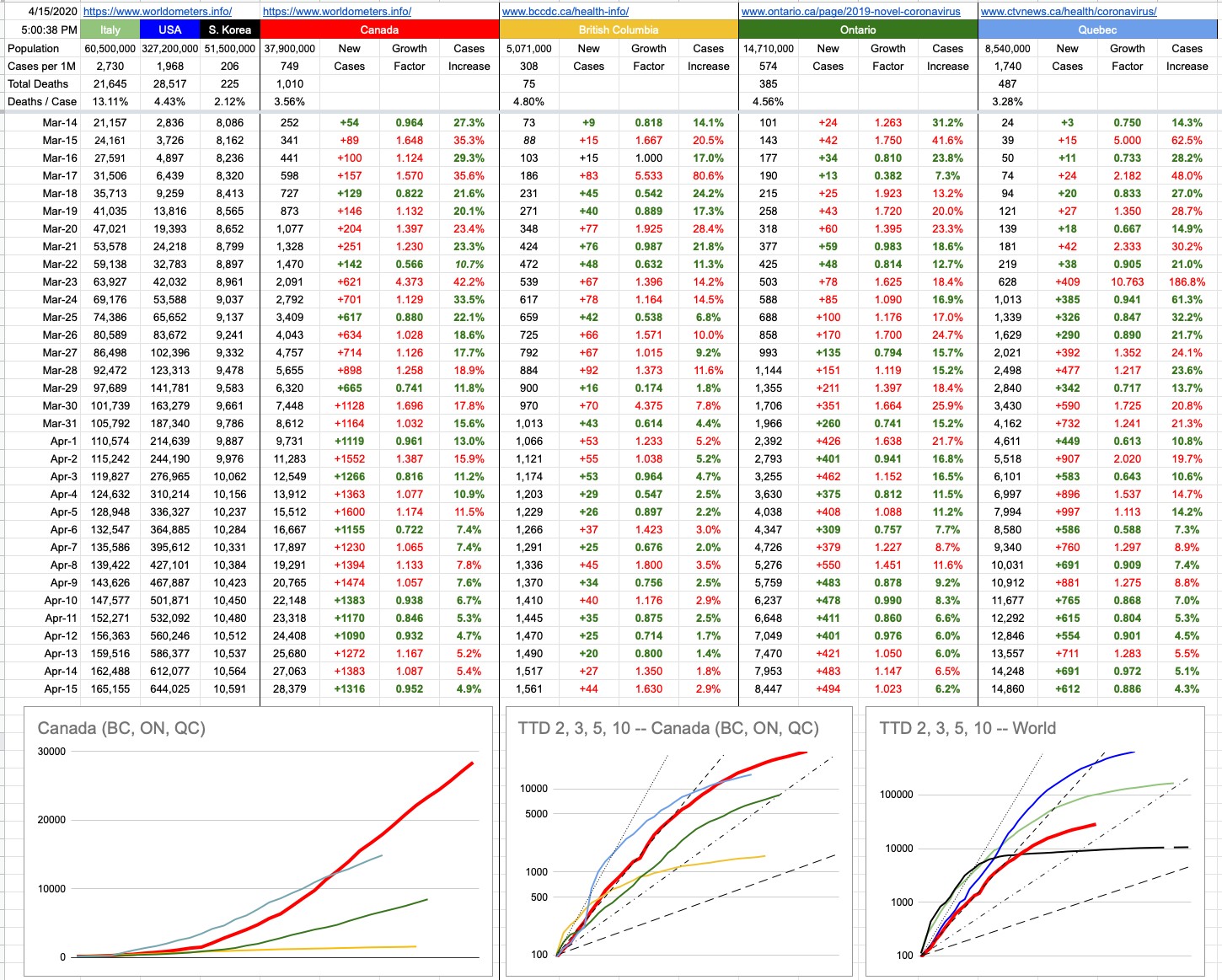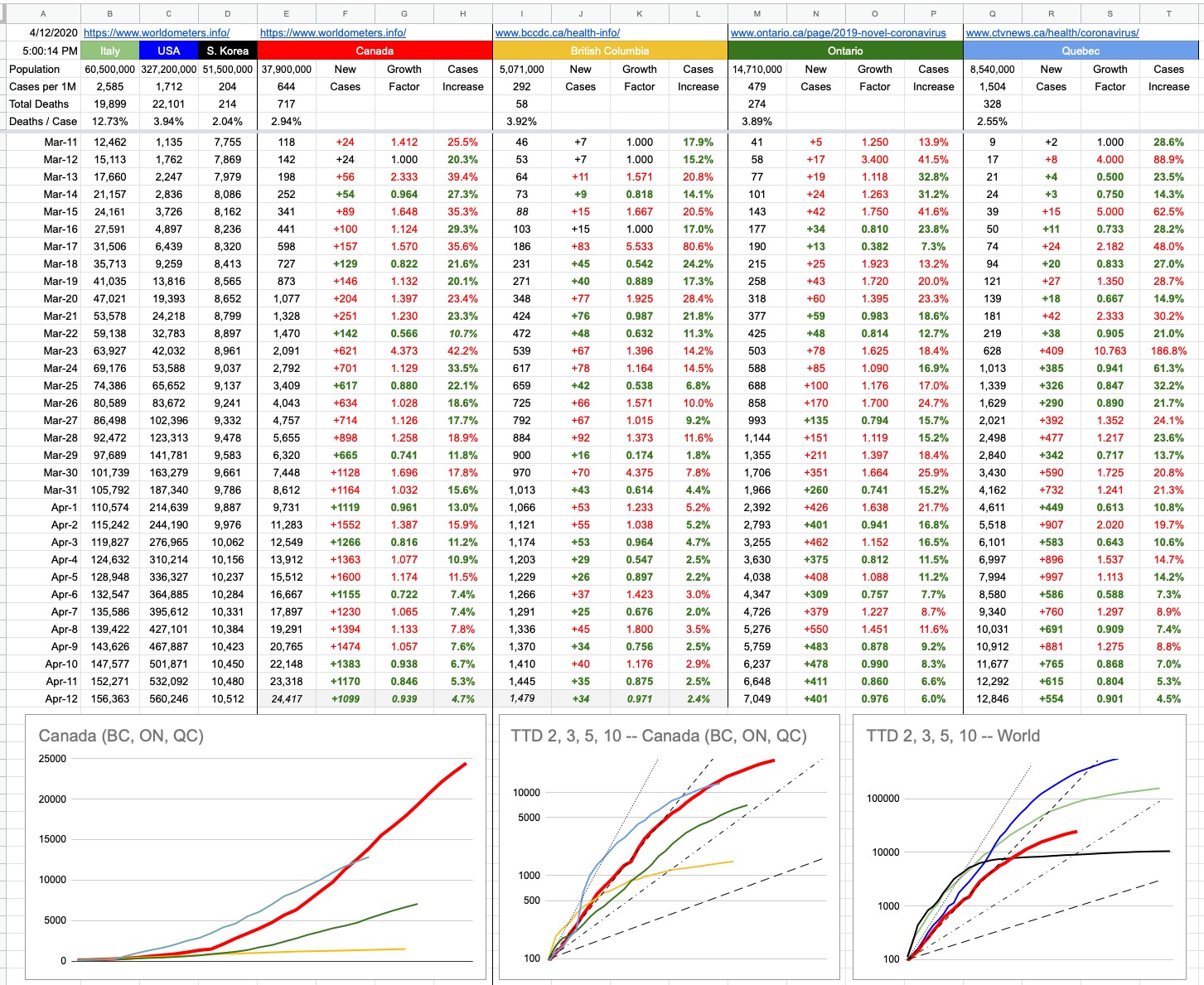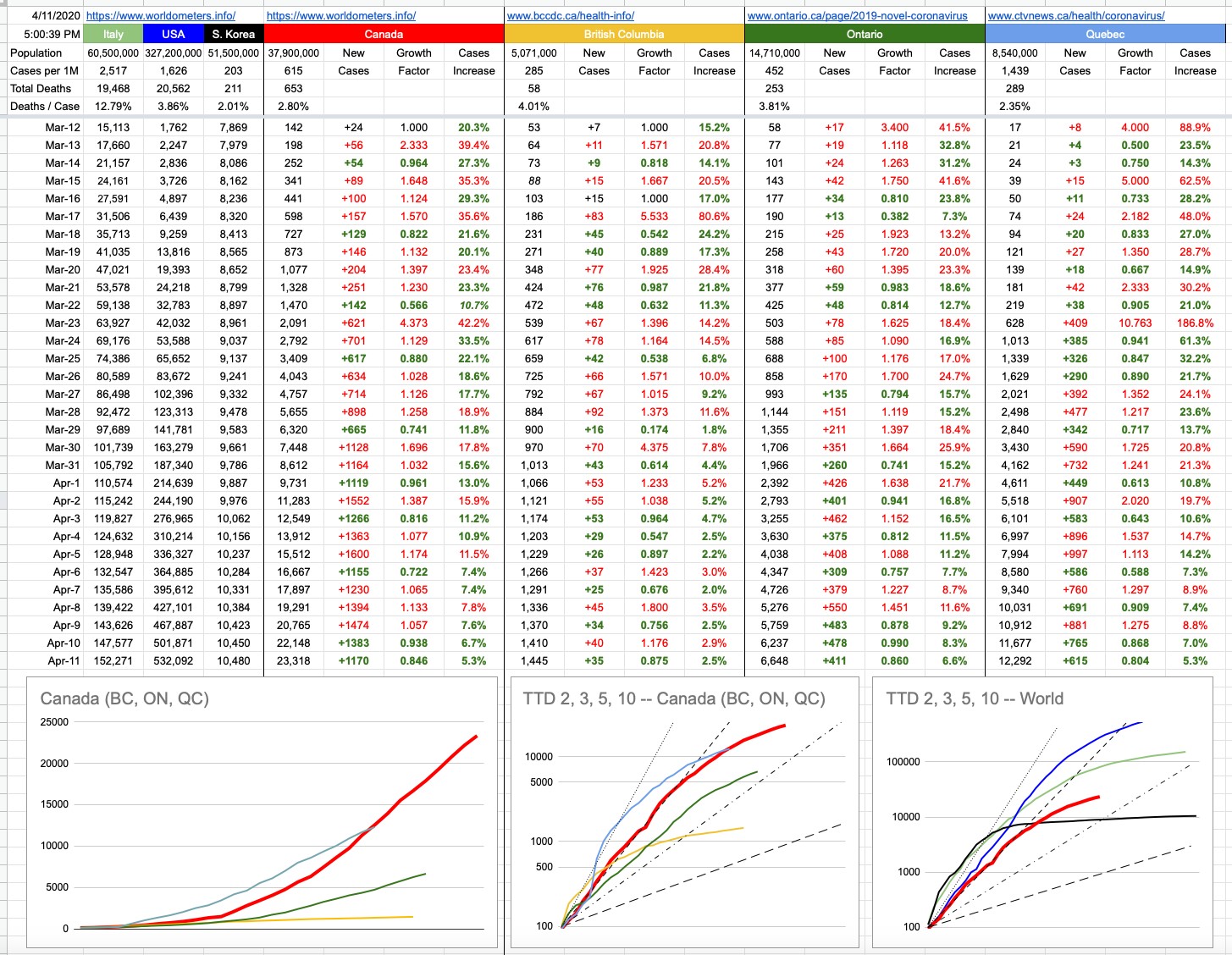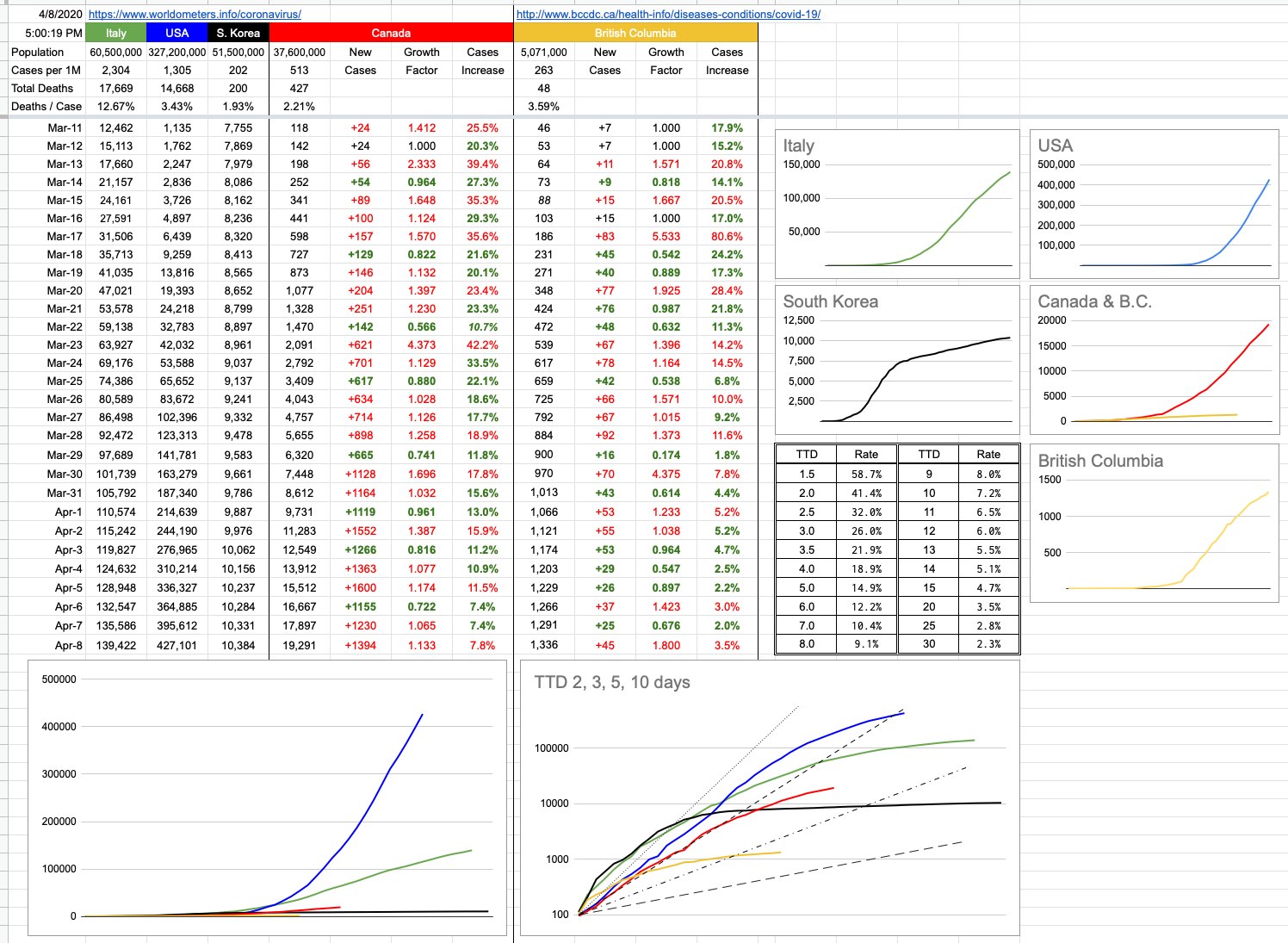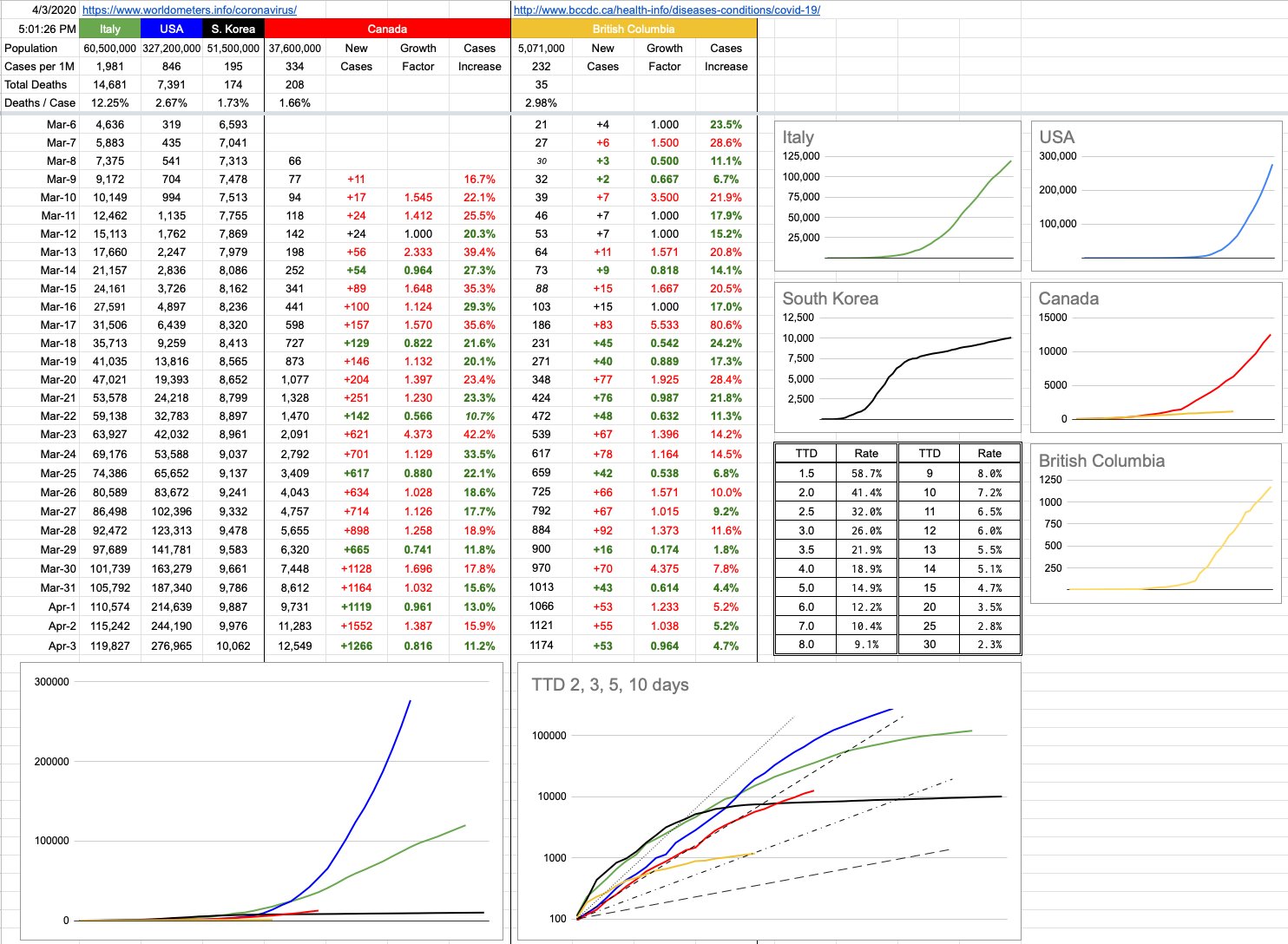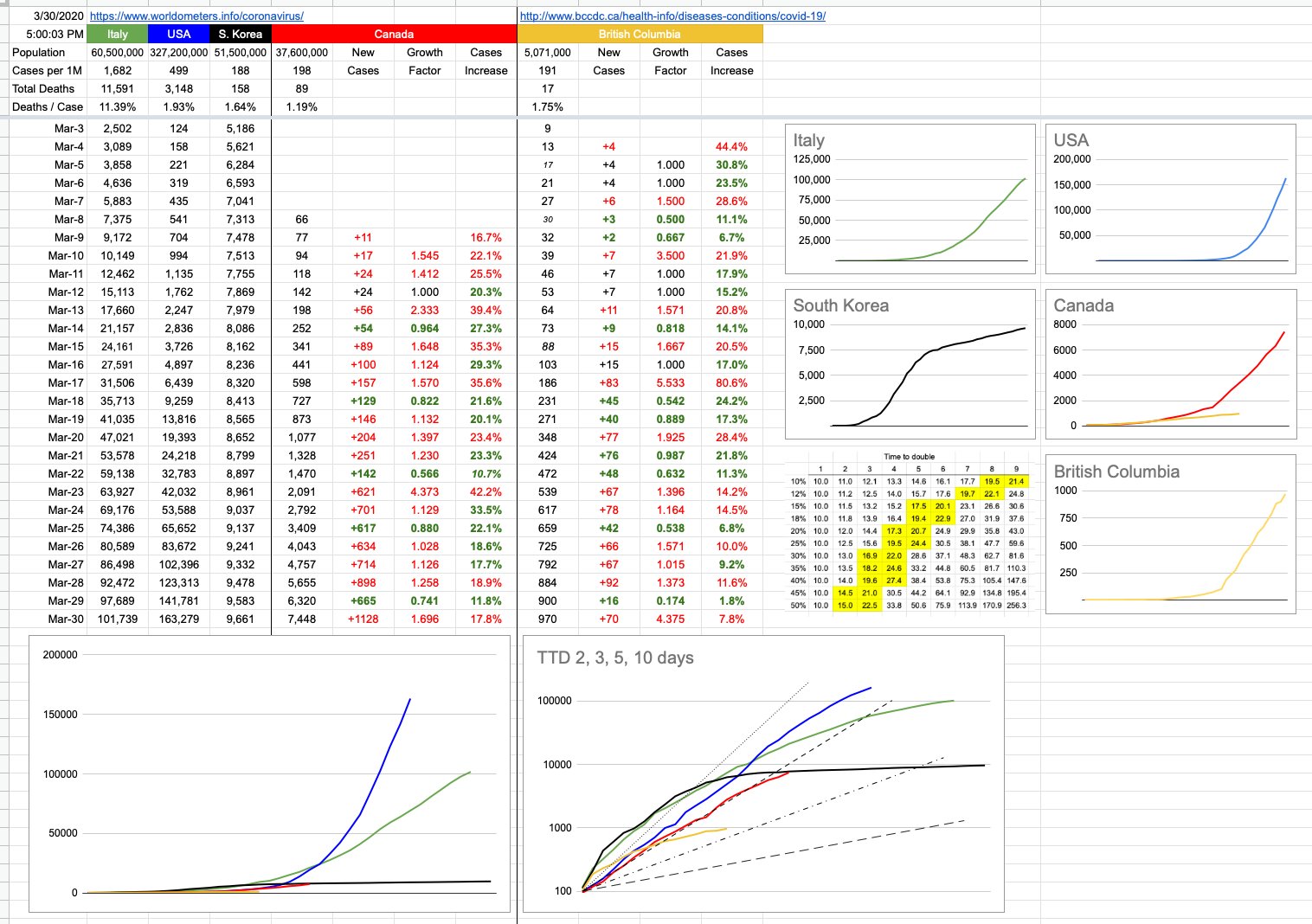Day 30 – April 15, 2020
The textbook definition of the word “optics” has to to do with light, and its interaction with the physical world. The most familiar adaptations we’re familiar with have to do with light interacting with our own eyes… optician, optometrist, ophthalmologist.
If you’re a professional photographer, this extends to different lenses and fields of vision and lighting and focal lengths and so on.
When it comes to business or politics, “the optics” refers to how it looks… to the general public. “What are the optics?” is the buzzword-question asked of advisors and consultants and marketers and branding experts and spokespeople and press secretaries — by the people behind the scenes who’ll care about the answer. How will the public take it?
Over this last long weekend, Prime Minister Justin Trudeau decided to join his family, who’ve been living in the Harrington Lake cottage for the last few weeks, for Easter. The cottage is in Gatineau Park, which is in Quebec.
That visit violated the social distancing orders that the federal government and every provincial government has imposed on its residents — the same ones Trudeau himself repeats every time he’s at the podium. That visit also violated the order with respect to crossing the provincial border which at the moment is supposed to be open only to essential travel.
And just to shove it a bit more in all of our collective faces — us, most of whom who stayed home all weekend, many of us who have cabins and cottages and places to where we’d love to have gone to get away from it all… and if not, especially in this beautiful weather, just pack up the SUV and go camping somewhere — he posted a selfie of himself and his family.
The picture shows a beautiful, smiling family of five, clear blue skies with a few light, scattered clouds in the background. Everyone dressed appropriately for the crisp, fresh air. A few wispy trees. The lake itself in the distant background. From a photographical optics point-of-view, excellent. From a political optics point-of-view, awful. Just awful.
Forced to explain himself, the PM gave a somewhat meandering and deflective comment. Within his statement was the sentence, “We continue to follow all the instructions of the authorities.” You’re supposed to be the top of that authority, Mr. PM.
Meanwhile, on the other side of the country, not to be outdone, Conservative leader Andrew Scheer stepped onto a government jet in Regina with his entire family, completely destroying any semblance of social distancing a 9-seater plane may have been able to offer its present two occupants. Why would his family, who one would think should be isolating at home in Regina, need to be heading to Ottawa. In a normal world, that last sentence would have a question mark after it, but these rhetorical questions don’t need them because the answers are self-evident.
We seem to have been dealt a fortunate hand here in B.C. — our provincial leaders convey a calm, consistent message with logic and transparency. They walk the walk, not just talk it. The plan is collective; you hear the word “we” a lot, and that “we” includes them. One wonders what that might look like at a national level. Like, how would it look if there were an entire country being guided by the calm, clear plan and intelligent reassurance we hear almost daily from Dr. Henry? What would it look like if B.C. were its own country and had control of its borders and could independently navigate this entire ordeal?
That particular rhetorical question actually has an answer: New Zealand… which coincidentally has a very similar population of around 5 million people. But the similarities don’t end there.
Their Prime Minister, Jacinda Ardern, has a lot in common with our own Dr. Henry. She stands up in front of her people, she speaks calmly and intelligently and pulls no punches when expressing the seriousness of the situation… but at the same time, is reassuring and inclusive and transparent. She is very much one of them, and she knows how to talk to them, and they listen.
On March 14th, when there were only 8 confirmed cases in the entire country of New Zealand (B.C. was at 73, Canada at 252), PM Ardern clamped down hard and implemented all sorts of measures that have now become familiar to all of us; 14-day isolation upon returning from out of the country, canceling cruise ships, cancelling big events and festivals. She went on TV and said a lot of things, many of which will sound familiar… “We will get through this together”. “Be strong”. “Be kind”.
Eight cases might sound early, but the results have been better than anywhere else on the planet. She saw what was happening around the world, she realized that time was of the essence and that even the slightest variation of the initial conditions (see yesterday’s post) can make a big difference. If she erred, it was to the side of caution, which these days might be the only right way to be wrong.
One of the sound bites of that TV address was her plea: “We must go hard and we must go early”. It has been said that this is the same sort of rallying cry that the coach of the New Zealand All Blacks might give his players before a game. My personal experience playing a rugby team from NZ would agree. They proceeded to go hard and go early and destroy us. Great bunch — this was in high school, so there were no after-match drinks, just handshakes, but I would’ve enjoyed a pint with those guys. Their game was disciplined, cohesive and well-executed. It was all business, from start to finish.… much like New Zealand’s response has been so far. And that’s why they’re winning; they can all relate, and there is tremendous trust in their leadership and the plan. It looks and sounds good, and it’s working. Good Optics.
Justin… Andrew… come on guys, you can do better, and the country deserves better. We need better. You’re both “one of us” too. Lead by example. Don’t just tell us what to do; do it yourself as well. Lead by example, because mixed signals and a “the rules don’t apply to us” attitude — Bad Optics.
View Original Post and All Comments on Facebook


